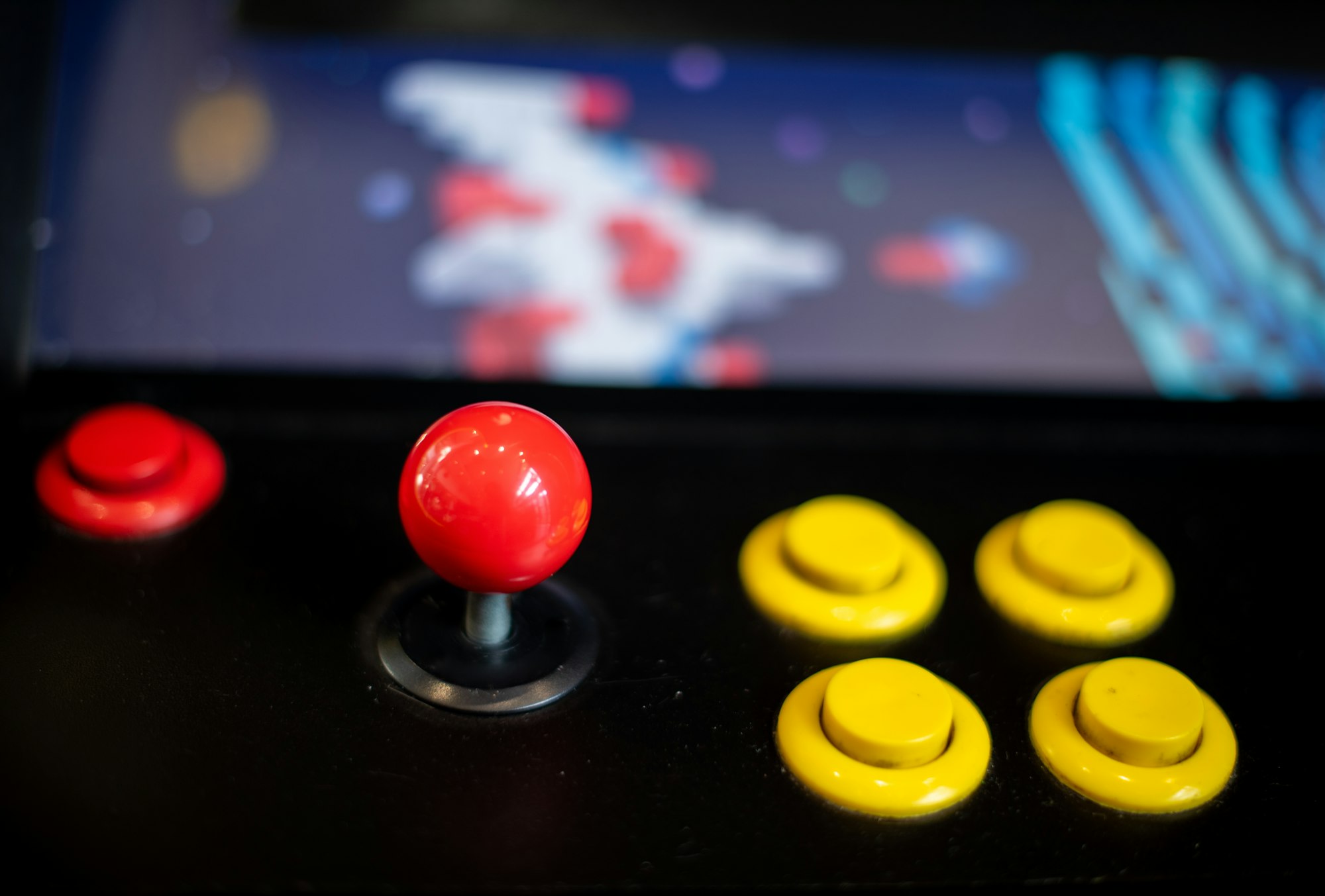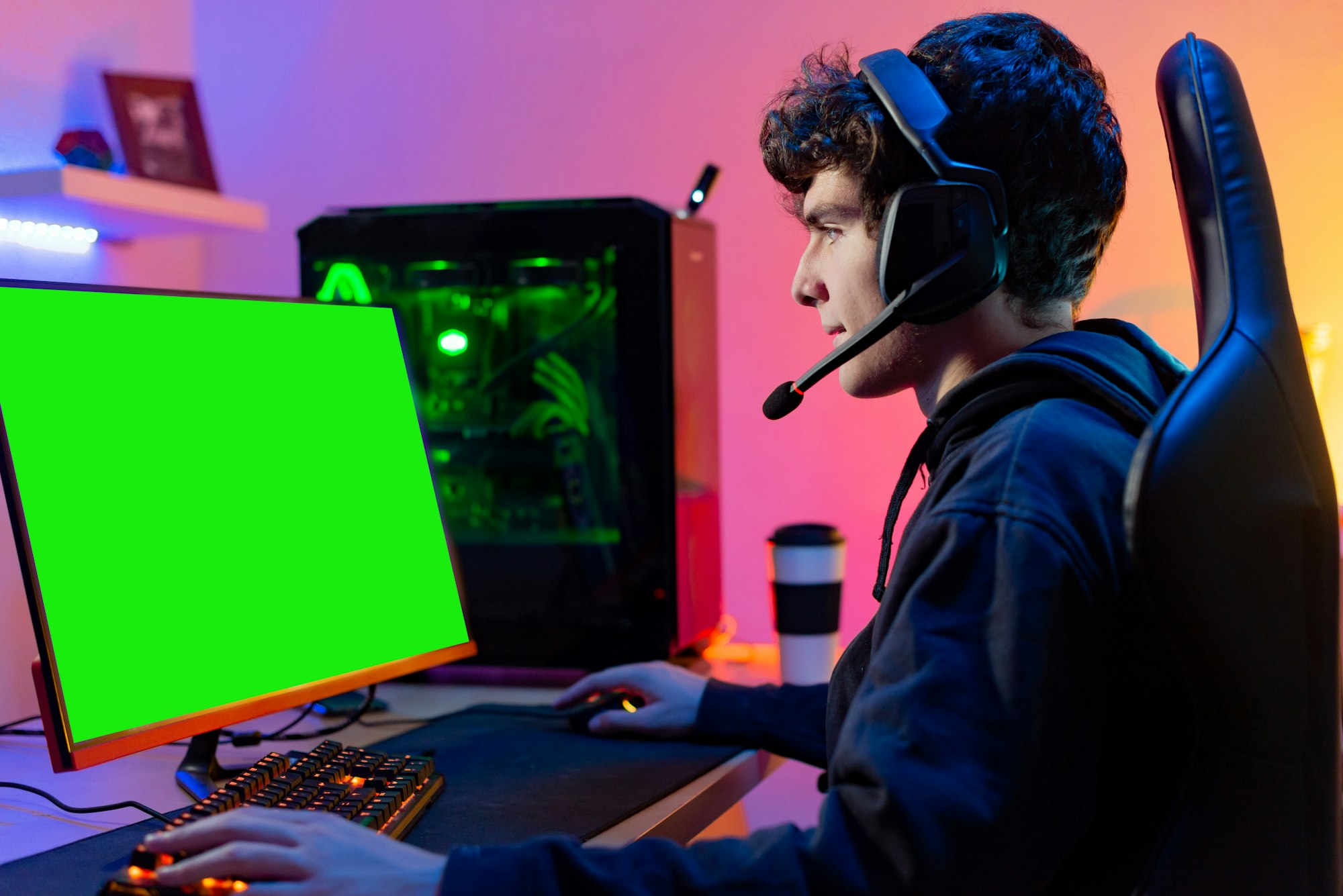The magic of video games lies not just in the gameplay but in the intricate design and development process that brings these virtual worlds to life. From concept to completion, game design is a complex art form that involves creativity, technical skill, and a deep understanding of player psychology. In this article, we’ll take you behind the scenes of game design, exploring the key stages of development, the roles involved, and the creative processes that shape your favorite titles.
1. Concept and Pre-Production
1.1 Idea Generation
Every game begins with an idea. This can come from a variety of sources: a unique gameplay mechanic, a compelling story, or even a visual style. During the initial brainstorming phase, designers sketch out broad concepts and explore different possibilities. This stage is all about creativity and innovation, with teams encouraged to think outside the box and consider what would make their game stand out in a crowded market.
1.2 Creating a Game Design Document (GDD)
Once the core idea is solidified, it’s time to create a Game Design Document (GDD). This comprehensive blueprint outlines every aspect of the game, from gameplay mechanics and story elements to art direction and technical requirements. The GDD serves as a reference for the entire development team, ensuring everyone is aligned and working towards the same vision.
2. Designing the Gameplay
2.1 Gameplay Mechanics
Gameplay mechanics are the rules and systems that define how players interact with the game. This includes everything from character movement and combat systems to puzzles and level design. Designers must balance these mechanics to create a fun and engaging experience, often iterating on their ideas based on playtesting and feedback.
2.2 Level Design
Level design involves creating the environments and challenges that players will navigate. This process requires a keen understanding of pacing and player psychology, as designers must ensure that levels are challenging but fair. Good level design guides players naturally, providing a sense of progression and accomplishment.
3. Art and Animation
3.1 Visual Style
The visual style of a game is crucial in setting its tone and atmosphere. Concept artists create initial sketches and mood boards to define the game’s aesthetic, drawing inspiration from various sources such as history, culture, and other media. Once the style is established, 3D modelers and texture artists bring these concepts to life, creating the characters, environments, and objects that populate the game world.
3.2 Animation and Motion Capture
Animation adds life to the game’s visuals, making characters move and react realistically. This can be achieved through traditional keyframe animation or motion capture, where real actors’ movements are recorded and translated into digital models. Animators work closely with designers to ensure that character movements align with gameplay mechanics, creating a seamless and immersive experience.
4. Sound and Music
4.1 Sound Design
Sound design is an often-overlooked but critical aspect of game development. Sound effects enhance the gameplay experience, providing audio cues that help players understand what’s happening on screen. This includes everything from the sound of footsteps and gunfire to ambient noises that create a sense of place. Sound designers carefully craft these effects to ensure they are both realistic and impactful.
4.2 Music Composition
Music sets the emotional tone of a game, enhancing the narrative and guiding players’ feelings. Composers create original scores that complement the game’s themes and pace. Dynamic music systems can adjust the soundtrack in real-time based on player actions, creating a more immersive experience. Iconic game soundtracks, like those from “The Legend of Zelda” or “Final Fantasy,” have become a significant part of gaming culture.
5. Programming and Testing
5.1 Game Programming
Programmers are the unsung heroes of game development, turning design documents and assets into playable experiences. They write the code that controls everything from character movement and AI behavior to physics and graphics rendering. This stage often involves solving complex technical challenges and optimizing performance to ensure the game runs smoothly on different platforms.
5.2 Quality Assurance (QA) Testing
Quality Assurance (QA) testing is a vital step in the development process. QA testers play through the game repeatedly, identifying bugs and issues that need fixing. This feedback loop is crucial for polishing the game and ensuring it meets the developers’ standards. Testers also provide valuable insights into gameplay balance and difficulty, helping designers make necessary adjustments.
Conclusion
The art of game design is a multifaceted and collaborative process that brings together creativity, technical expertise, and a deep understanding of player engagement. From the initial concept to the final product, every stage of development involves meticulous planning, iteration, and passion. The next time you play your favorite game, take a moment to appreciate the countless hours of work and the artistic vision that went into creating the immersive world you enjoy. Game design is truly an art form, and its practitioners are the architects of the virtual adventures that captivate our imaginations.










